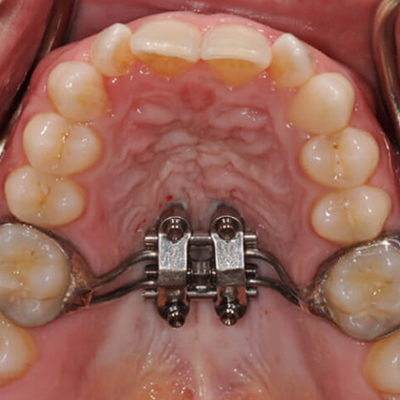THINGS TO DO BEFORE AND AFTER GETTING BRACES Written By: Dr. Ankita Shah, 15 October 2023
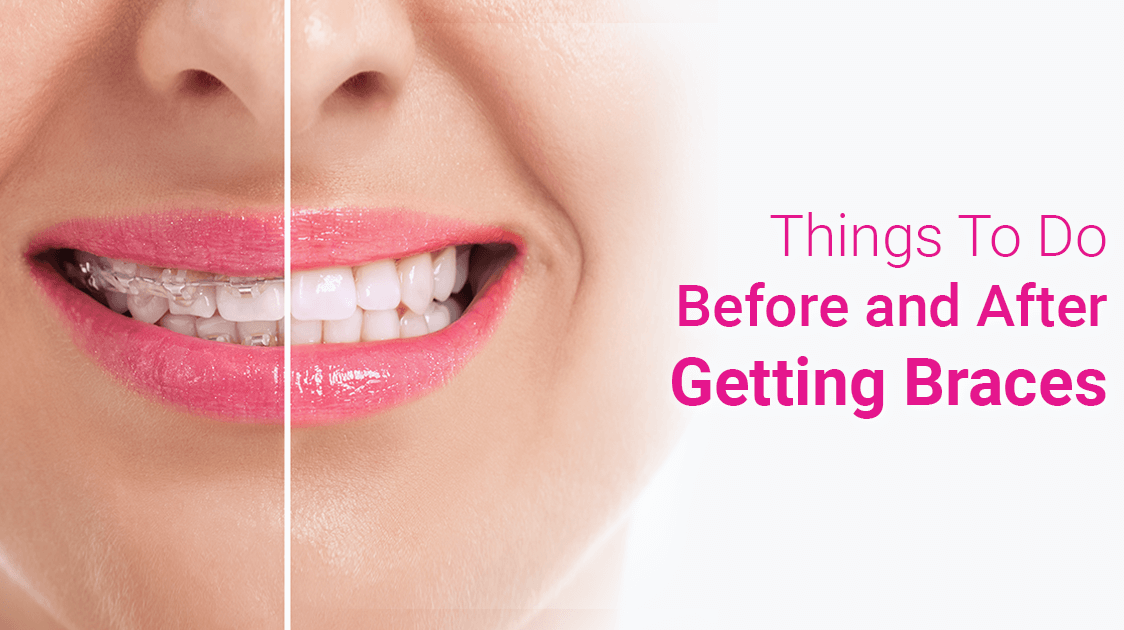
If you’re reading this article, odds are that you are likely considering getting braces. What to do before getting braces? This is a commonly asked question and well there are many things to consider.
To make things easy for you, we have listed the process of getting braces and the things to do after getting braces. Apart from helping you align your teeth, an airway-focused dentist will consider various factors before suggesting appropriate treatment. It includes your age, body posture, breathing pattern, sleeping and eating patterns and any specific dental malocclusion.
Depending on the type of malocclusion, the airway-focused dentist will recommend appropriate orthodontic appliances. By using the suggested appliances, you can not only straighten your teeth but can also correct and improve the structure of your jaw and mouth. Besides, correcting the jaw size can help you maintain healthy jaw joints, which is critical for healthy airway and body posture.
Moreover, it will also prevent health problems such as:
Headaches
Head, neck and back pain
Excessive daytime fatigue
Frequent tonsils & adenoids
Cold and cough
Restless sleep or sleep apnea
Protruding or retruded lower jaw
Recurring ear infections and migraine
Ready to achieve your dream smile? Discover the expert tips for a successful orthodontic treatment journey before and after getting braces. Don’t wait – start your journey towards a perfect smile!
A] Traditional Orthodontics vs Airway Orthodontics
Let’s talk about Traditional Orthodontics
Traditional orthodontics uses old concepts where they push the teeth behind to improve esthetics or remove teeth and not creating enough space for the teeth to fit in the jaw. This commonly reduces the tongue space, affects the TMJ health and narrows the airway.
Braces or aligners are one of the commonly used orthodontic appliances that can help correct crooked and crowded teeth. Braces require occasional fixing every 4-6 weeks, so consistent strain can slowly fix your teeth and adjust your jaw.
However, with the progression in dental innovation, traditional braces have become much sleeker and more comfortable. Plus, advanced concepts such as Airway Orthodontics can help improve not only your smile but also your airways, which is important for overall general health.
Let’s talk about Airway Orthodontics
Airway Orthodontics recognises the limitations of the current orthodontics treatments. It is a branch of dentistry that not only treats malocclusion (misaligned teeth) but also helps to protect the health of TMJ and keep the airway wide & open.
Unlike traditional orthodontics, the focus of Airway Orthodontics is not only on straitening the teeth, but also on improving chewing and breathing patterns, enhancing speech, body posture, spine alignment, tongue posture, and improving the health of the TMJ.
Also referred to as Forwardontics/GNM orthopaedics, this branch of dentistry focuses on the forward development of teeth and jaws, which helps widen the airway. It ensures there is no misalignment between the upper and lower jaws, thereby providing long-term stability, which directly has a positive impact on the individual’s general health and well-being.
B] Things To Do Before Getting Braces
The day you get braces marks the start of a journey towards a better and more lovely smile and health. Here are a few things to do before getting braces. These include:
Teeth cleaning: Before getting braces, the orthodontist will ensure that your teeth are professional cleaned and cavity-free. During the treatment, ensure that you don’t miss out on your regular visit to the dentist.
Brushing thoroughly: Before getting your braces, be sure to clean and floss your teeth thoroughly, as you don’t want a set of braces stacked on top of plaque and lingering germs.
The process of getting braces: Today, thanks to the advances in dental treatment, the process of getting braces has become simple, painless and hassle-free. Plus, there are different types of braces like metal, ceramic, self lighting, aligners like Invisalign available that you can choose from.
C] Things To Do After Getting Braces
Brush your teeth with an Orthodontic toothbrush: The braces wire & brackets can trap food, resulting in plaque. To prevent cavities and gum disease, you’ll need to clean your teeth more frequently than you did before the treatment. Brush in the morning using fluoride toothpaste and an orthodontic toothbrush. Follow this routine after each meal, after eating snacks, and before going to bed.
Avoid hard and sticky foods: Chewy, hard and sticky food can harm or loosen your brackets – extending the amount of time it takes to fix your teeth. Hence, you shouldn’t eat food like gum, taffy, caramel, pretzels, popcorn kernel, hard candy, etc.
Use retainers after removing braces: Retainers are custom devices designed to hold your teeth in place. They are recommended after orthodontic treatment to keep your teeth aligned and prevent relapse.
Follow-up appointments: During these appointments, the orthodontist will tighten or change the wires and track the progress of the teeth alignment. They will also check for any signs of tooth decay or gingivitis.
Ready to achieve your dream smile? Discover the expert tips for a successful orthodontic treatment journey before and after getting braces. Don’t wait – start your journey towards a perfect smile!
FAQs
Yes, you do. Getting the cavities filled before the treatment ensures that the tooth structure is strong, and would prevent the hassle of doing the same post getting the braces.
While you can whiten your teeth before getting braces, it is advised that you refrain from it, as teeth whitening can result in uneven shades across the outer layer of your teeth.
Usually any kind of teeth alignment takes 1.5-2yrs. Whether or not the process of putting braces is time-consuming is based solely on the severity of malocclusion and the braces you have opted for.
Yes, you will start to see changes in the first 3-4 months. But, it would take at least 18 to 24 months (sometimes longer) to start seeing complete improvements after getting braces.
To receive a holistic treatment, it is best to visit an airway-focused dentist, who will treat your teeth and jaws to improve your speech, posture, airways and overall general and TMJ health
Did you know that orthodontists, especially those focusing on airway-focused dentistry, can address much deeper problems like breathing and chewing issues, tongue posture, body posture, TMJ symptoms, sleep issues and more?
So, check with your dentist about how braces can help correct these issues, apart from improving the alignment of your teeth. Remember that only by correcting the jaw and muscle problems, (and not masking them by correcting only teeth alignment with braces), can you lead a healthy life.
Following are the different types of braces that you can choose from:
Metal, Ceramic & Damon Braces
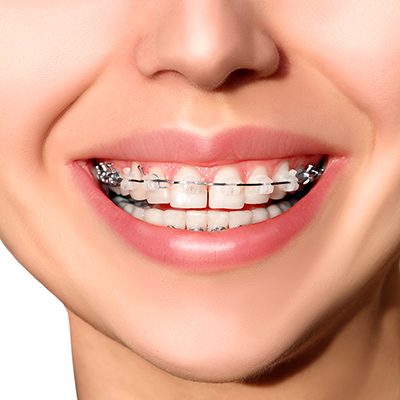
Regular or self-ligating braces
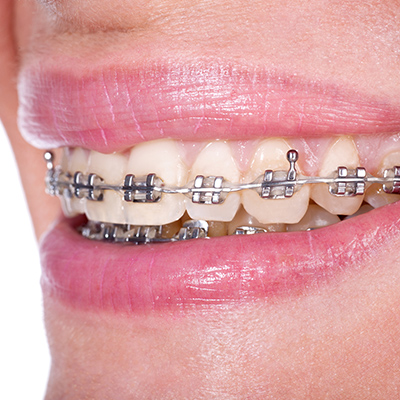
Lingual Orthodontics
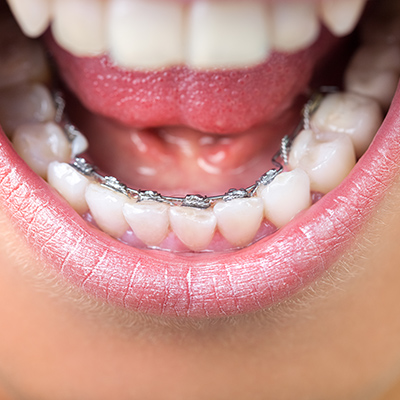
Invisible Braces like Invisalign or Aligners
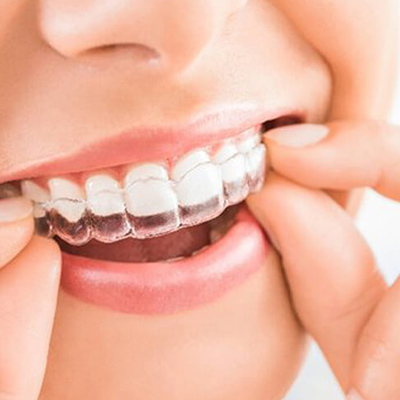
Orthopedic Appliances like Crozat, Maxillary Skeletal Expander, Hyrax, Orthotropics (Mewing)
